Digital technologies in customs control
| Ho Chi Minh City: Expectation of digital transformation from Golden brand enterprises | |
| Motivation to achieve 2024 business goals from digital transformation |
 |
| Big data, data analytics, artificial intelligence (AI) and machine learning (ML) are increasingly applied in customs operations and border management to facilitate cross-border trade. Photo: WCO |
The role of digital technology application in customs operations
The digital technology application plays an important role in the process of customs modernization, simplifying procedures, cutting time and costs for businesses, and improving the effectiveness and efficiency of state management.
In addition, the digital technology application aims to better serve stakeholders and to contribute to national economic development, especially in the context of the surge in cross-border e-commerce, in-creasing customs- and security-related threats, and the pressing need to sup-port post-COVID-19 economic recovery.
Most digitalization efforts in the industry have concentrated on customs clearance management, focusing on declaration processing, particularly functions such as risk management, customs valuation, data verification, and payment services.
In the customs field, new forces that will shape customs operation in the future such as the continued rise of e-commerce, the proliferation of National Single Window, increasingly complex global supply chains, a greater focus on transnational illicit trade, escalating concern for environmental protection. Therefore, the role of customs has become more significant, both domestically and globally.
Trend of applying cutting-edge technologies in customs operations
First of all, we must mention Blockchain. Blockchain’s potential to facilitate Customs processes is multifaceted, from Customs clearance to inter-agency cooperation, certification, identity management, compliance management, revenue collection and post-clearance audit.
During the digitalization process, Customs administrations are interested in applying Blockchain in customs processes. Some Customs administrations have piloted applications of Blockchain in exchanging certificates of origin and electronic bills of lading.
The Korea Customs Service (KCS) has piloted the use of blockchain solutions in selected customs operations, such as the import/export clearance process, e-commerce imports, and cross-border information exchange. These pilot programs helped to un-cover technical and institutional issues, and resolutions can be found to enable mainstream usage of blockchain in customs systems.
The next technology solution is the Internet of Things (IoT). IoT enables customs to monitor cargo and track jour-neys more effectively. Customs can collect and analyze data from sensors embedded in vehicles and containers as well as at critical checkpoints.
The IoT information can also aid more efficient vehicle traffic flow in the customs control area and detect fraud and other crimes.
Statista estimates that, by 2025, the IoT will be made up of over 30 billion devices worldwide. Customs can work towards strengthening cooperation with certain stakeholders (shippers, carriers, forwarders etc.) that have employed IoT applications, with a view to promptly obtaining any information that corresponds to certain risk factors. Customs administrations would be able to focus on using analytical tools to identify high-risk and low-risk shipments and supply chains based on information collected through IoT technology.
Currently, use of big data, data analytics, artificial intelligence (AI) and machine learning (ML) in Customs and border management presents a tremendous opportunity in the cross-border movement of people and on the commercial side. As huge volumes of data are generated by people and goods moving across borders, this group of technologies provides the ability to make sense of this huge and ever-increasing amount of data. These technologies can be used to ingest this data, and to detect and predict patterns more accurately than humans can.
According to the World Customs Organization (WCO) annual survey, almost 45% of Customs authorities use either data analytics, or AI/ML, or both. There are numerous use cases that are focused on risk management and targeting, improving tariff classification and revenue collection, fighting fraud including undervaluation, advance analytics for Authorized Economic Operators (AEO), and many more.
Another solution that needs to be mentioned is biometric technology. Governments and organizations all around the world choose biometric technology to combat identity fraud and security breaches, secure confidential data, reduce costs and improve overall user experience. Biometrics is a rapidly growing field in the information technology sector, with fingerprint recognition expected to remain the most dominant form of biometric technology. Customs administrations play an important role in effectively applying biometric technology and coordinating with relevant agencies to facilitate immigration.
Drones are already an integral part of the international trade supply chain, pushing regulators to become more comfortable with the technology, and thereby developing a legal framework that determines the conditions in which they will operate.Studies indicate that the integration of drones in the trade environment can support economic growth. However, integrating them successfully and safely requires all players in the market to be prepared and engaged in the process to ensure that the supply chain can fully realize the benefits.
Drones are already used by some Customs administrations for surveillance and monitoring purposes. Some are increasingly using drones to monitor port areas and coastal regions. This involves surveillance not only to combat drug smuggling but also to provide aerial assistance.
In the field of customs, virtual, augmented and mixed reality is also among the new trends, allowing users to project visual assistance in the physical world.
In practice, the application of virtual reality solutions for customs training purposes has been successfully deployed by Governments and the WCO to improve the effectiveness of inspectors in identifying prohibited items.
Another technology solution that is attracting the attention of Customs administrations is 3D printing. According to some reports around 1.4 million 3D printers were shipped globally in 2018, with an estimated 8 million units to be shipped in 2027. There are predictions that 3D printing could potentially have a major impact on the work of Customs in the future.
In addition, WCO has emphasized the significance of applying 3D printing to determining the origin of goods, customs value, intellectual property rights, security and especially value added tax.
Related News

Customs sector strengthens anti-smuggling for e-commerce products
19:09 | 21/12/2024 Anti-Smuggling
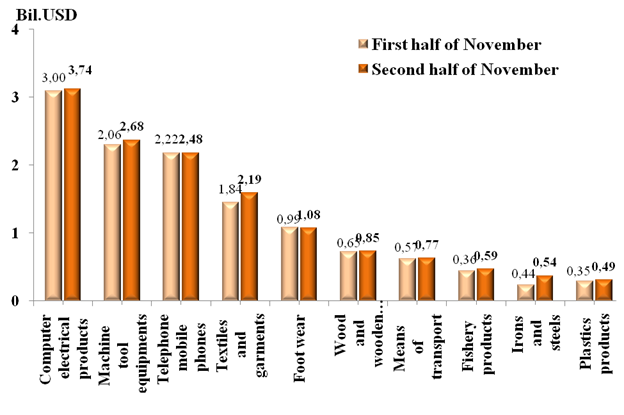
Preliminary assessment of Vietnam international merchandise trade performance in the second half of November, 2024
15:18 | 19/12/2024 Customs Statistics
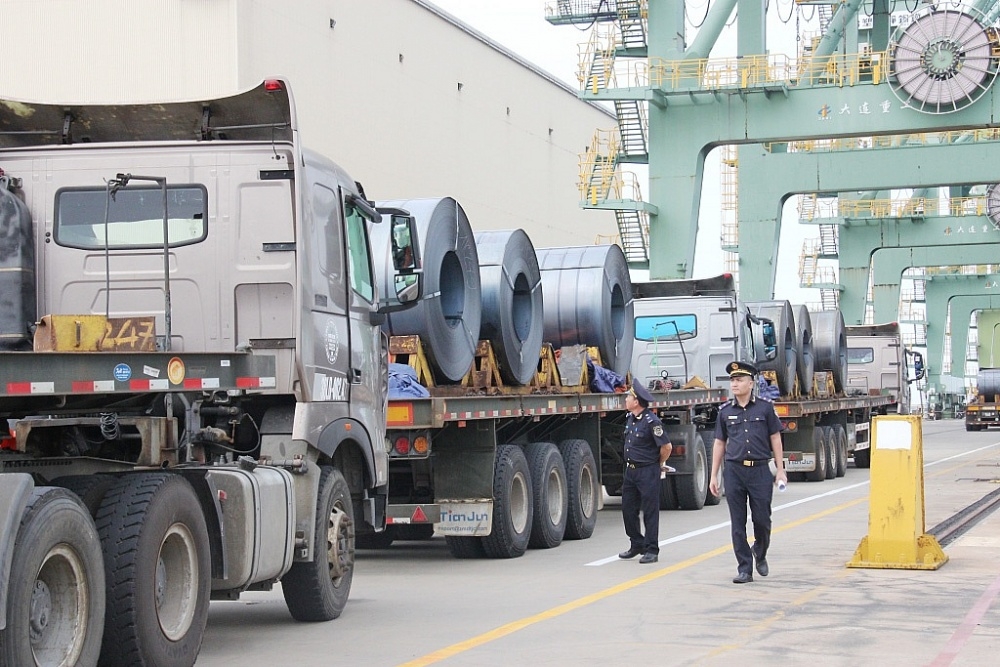
Achievements in revenue collection are a premise for breakthroughs in 2025
09:57 | 18/12/2024 Customs
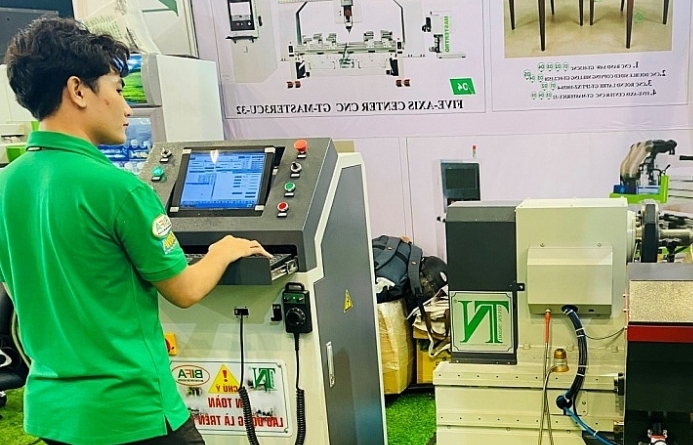
Removing “bottlenecks” for digital transformation in industrial production
10:00 | 17/12/2024 Import-Export
Latest News
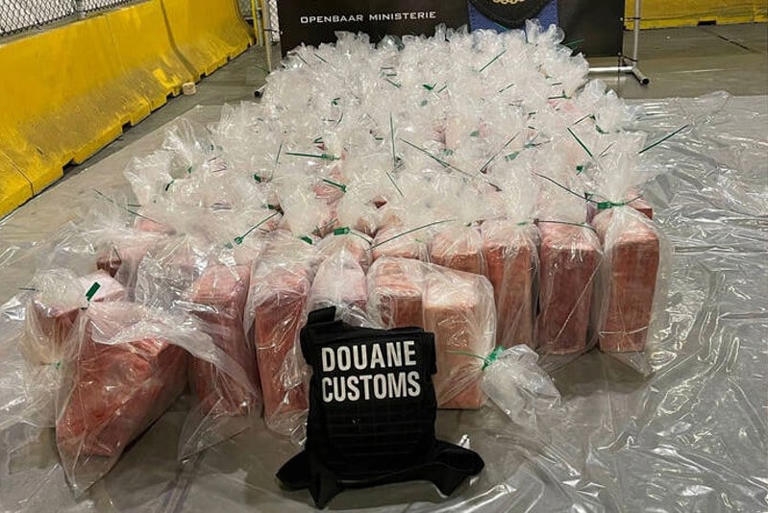
Dutch customs seize 1,575 kilograms of cocaine at Vlissingen Port
10:32 | 10/12/2024 World Customs
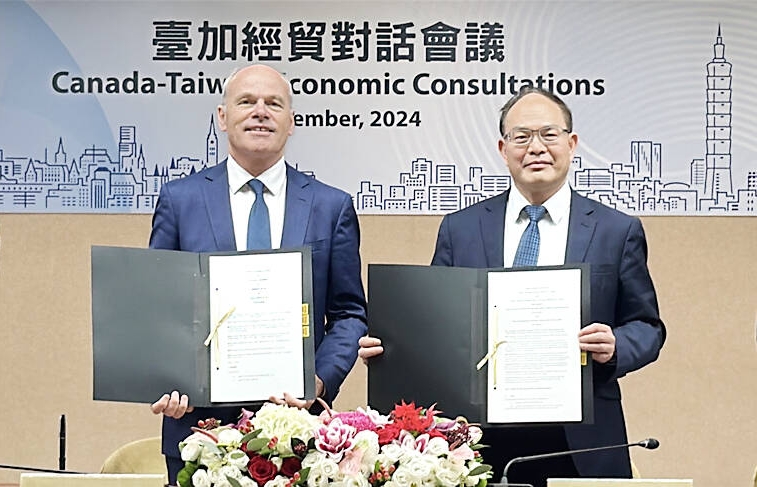
Taiwan-Canada customs agreement signed - Taipei Times
14:21 | 09/12/2024 World Customs

Sabah Customs foils bid to smuggle 3,000 cartons of liquor
13:46 | 28/11/2024 World Customs

The Philippines Pioneers Corruption Risk Mapping to Strengthen Integrity and Trade Facilitation in Customs
13:41 | 23/10/2024 World Customs
More News
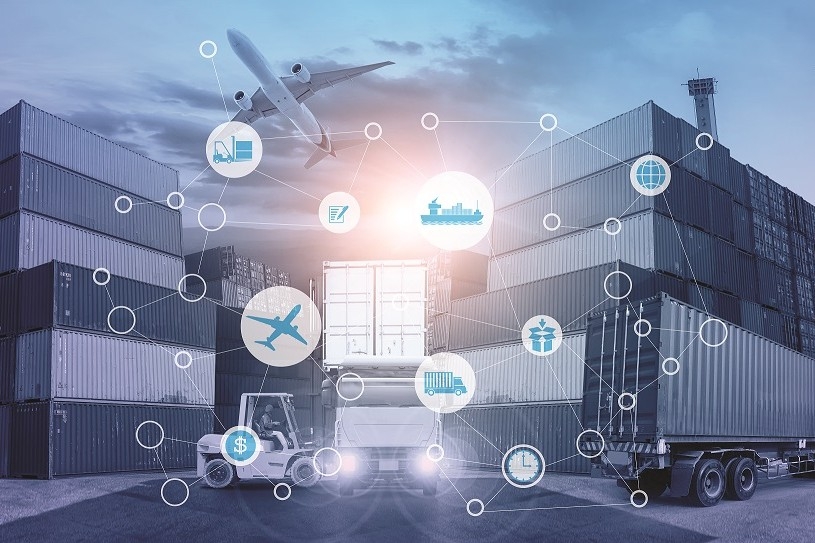
US customs clamps down on vague cargo descriptions
09:38 | 27/09/2024 World Customs
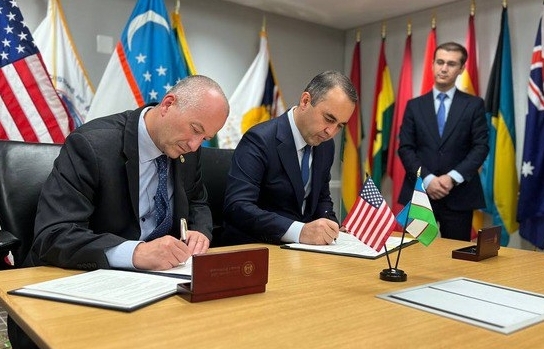
Uzbekistan Signs Customs Agreement With U.S.
09:02 | 26/09/2024 World Customs
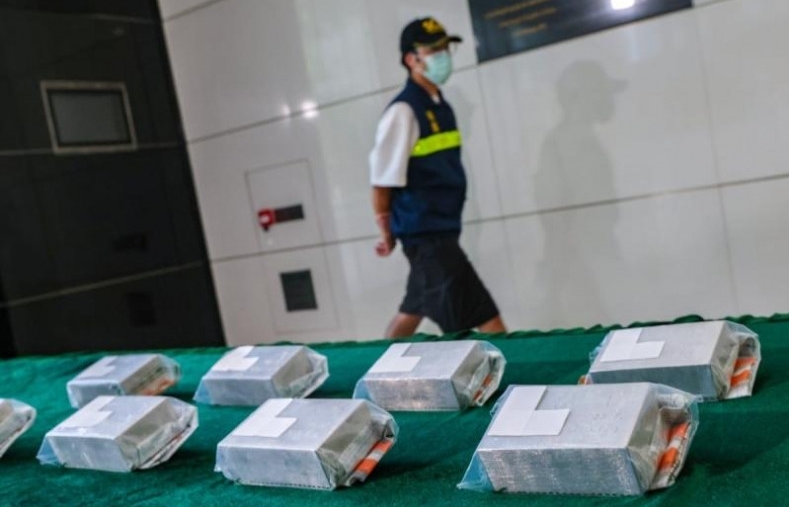
Hong Kong customs seizes B42.5m of smuggled platinum, its largest haul in 20 years
09:02 | 26/09/2024 World Customs
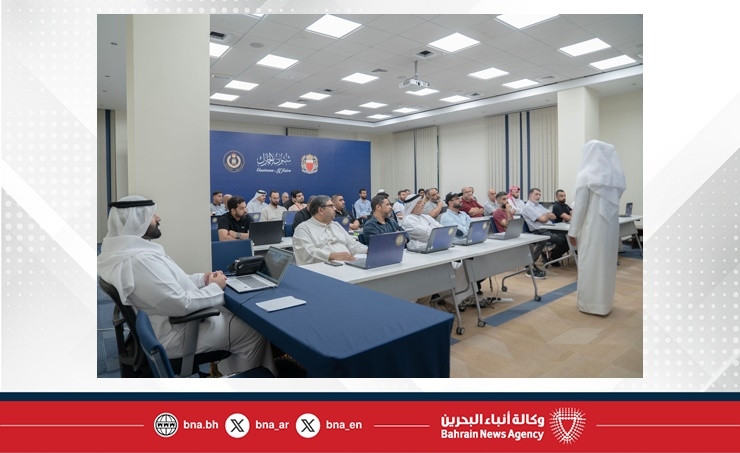
Customs Affairs conducts training programme for OFOQ2 Single Window System
13:15 | 16/08/2024 World Customs
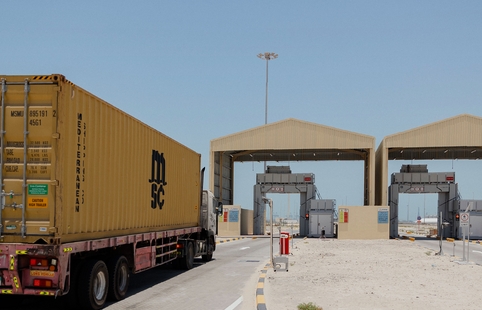
Abu Dhabi Customs equips sea customs centres with five advanced inspection devices
14:20 | 15/08/2024 World Customs
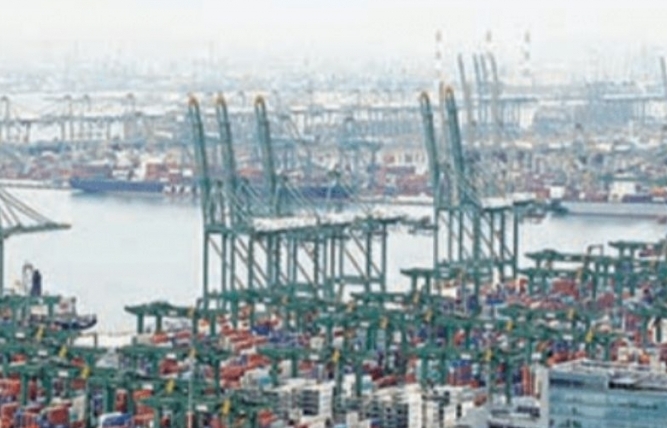
Customs rules get stringent at Singapore
14:20 | 15/08/2024 World Customs

Sabah Customs seizes over RM600,000 worth of drugs
10:16 | 09/08/2024 World Customs
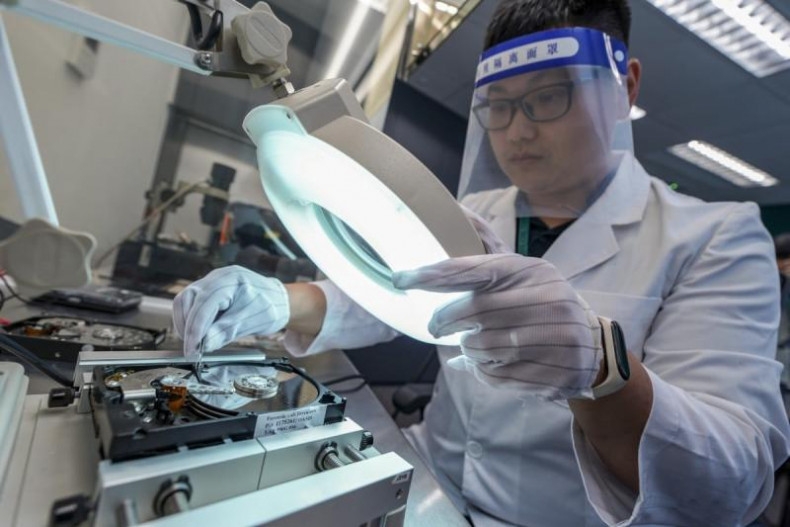
Hong Kong customs to use AI to check 6,000 digital images in seconds for crime-fighting boost
14:43 | 07/08/2024 World Customs
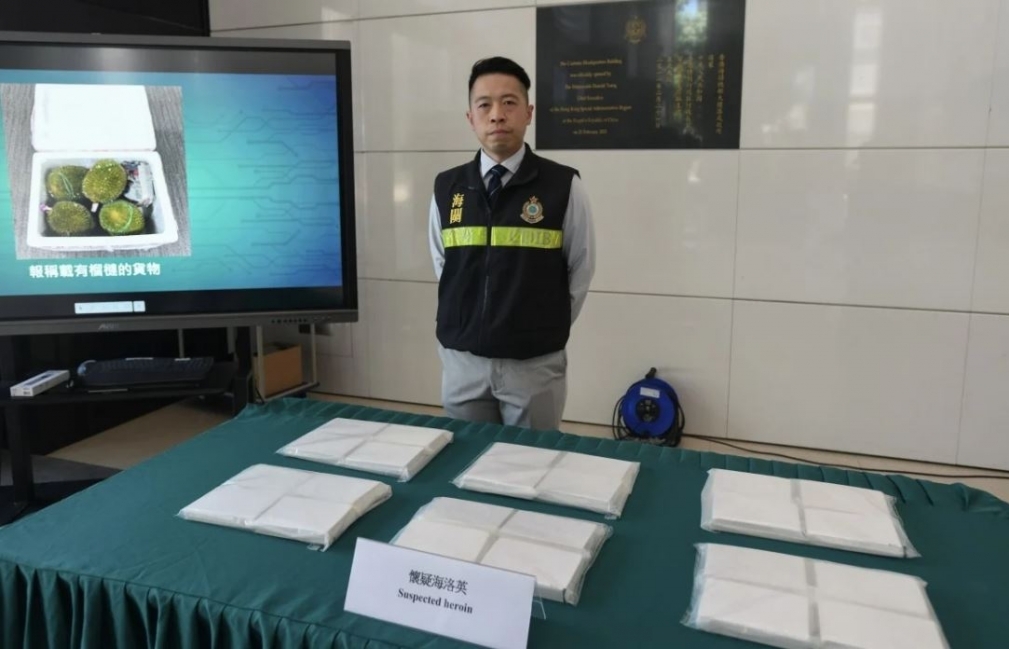
Hong Kong customs seizes HK$5.8 million of heroin hidden among durians
16:05 | 05/08/2024 World Customs
Your care

Dutch customs seize 1,575 kilograms of cocaine at Vlissingen Port
10:32 | 10/12/2024 World Customs

Taiwan-Canada customs agreement signed - Taipei Times
14:21 | 09/12/2024 World Customs

Sabah Customs foils bid to smuggle 3,000 cartons of liquor
13:46 | 28/11/2024 World Customs
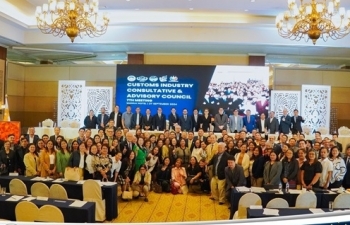
The Philippines Pioneers Corruption Risk Mapping to Strengthen Integrity and Trade Facilitation in Customs
13:41 | 23/10/2024 World Customs

US customs clamps down on vague cargo descriptions
09:38 | 27/09/2024 World Customs
